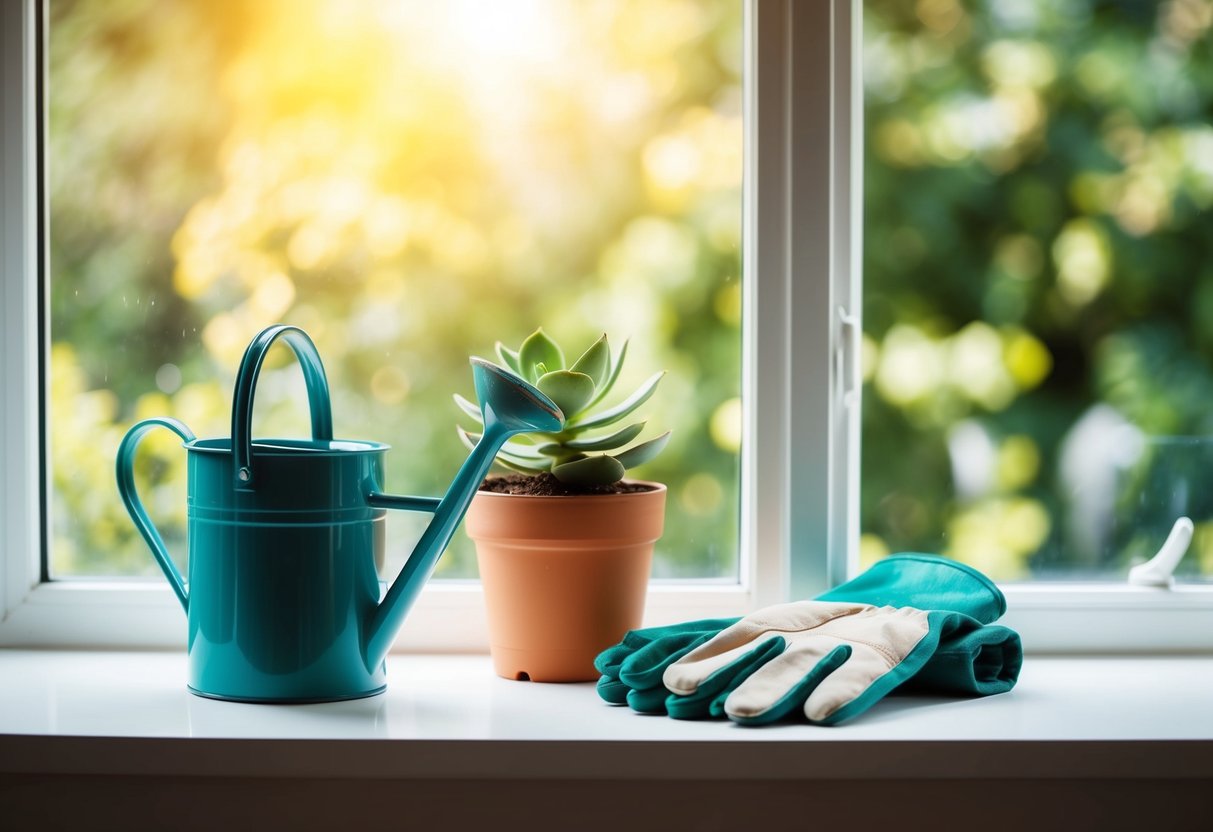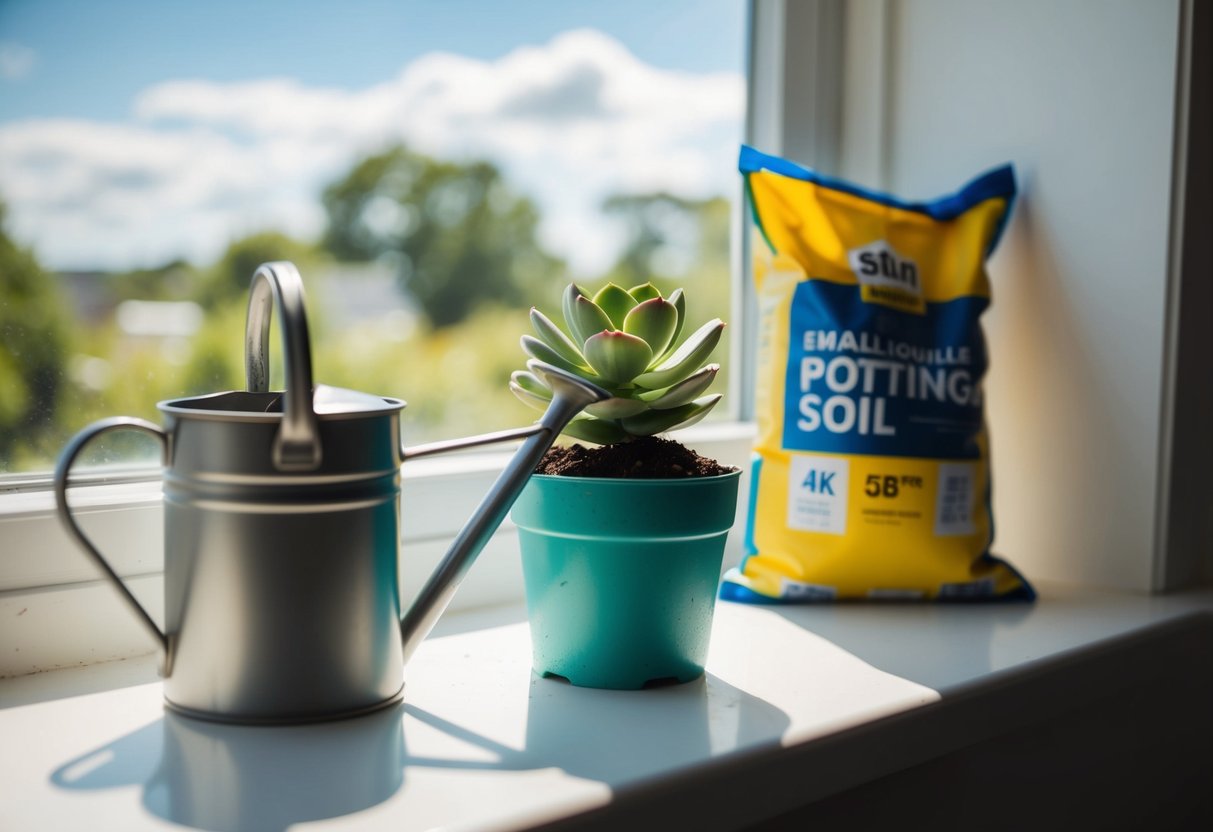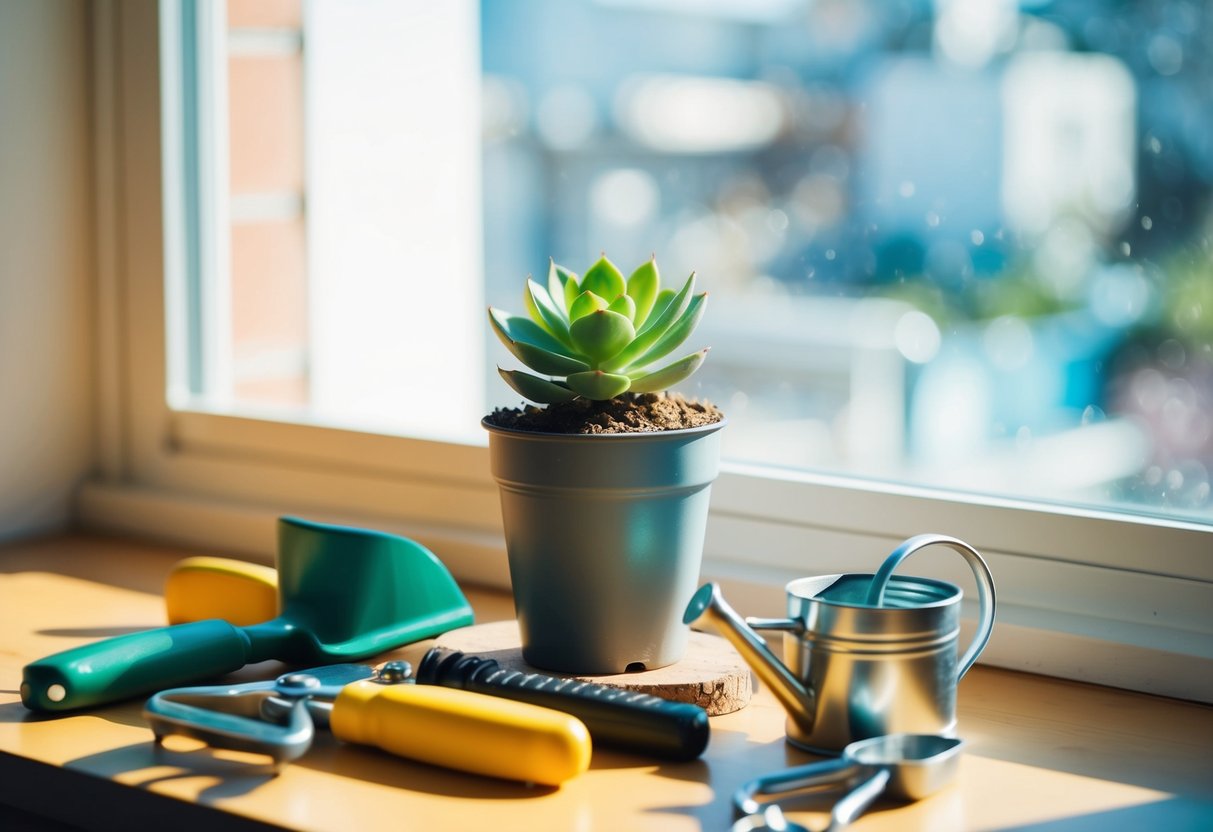What is the Easiest Plant for Beginners? Discover Your Perfect Start
Starting your journey with houseplants can be both exciting and a bit daunting. Luckily, there are some plants that make it easy for beginners to succeed. If you’re new to plant care, you’ll want to find those that don’t require too much attention. Pothos is often considered the easiest plant for beginners because it grows well with little fuss and can thrive in various light conditions. Plus, it’s a beautiful addition to any room, with its trailing vines and vibrant leaves.

Another great option for beginner plant parents is the snake plant. Known for its ability to purify air and tolerate low light, the snake plant is both practical and visually appealing. These easy-care houseplants require minimal watering and can enhance your indoor space without overwhelming your schedule.
Exploring indoor plants like the peace lily can also provide a good start. They are forgiving when it comes to watering schedules and add a touch of elegance with their stunning flowers. With the right choices, your indoor garden adventure can flourish effortlessly. Want to learn more about these beginner-friendly plants? Keep reading to discover which might be the perfect fit for you.
Choosing the Right Plant

Picking the perfect plant involves considering your living environment, understanding light needs, and knowing your watering habits. These factors help ensure that your green companion thrives and adds beauty to your space without much fuss.
Assessing Your Environment
Before picking a plant, take a look at your environment. Does your home have high humidity or is it more dry? Some plants like tropical ones thrive in humidity, while others, like succulents, prefer dry conditions.
Think about the temperature too. If your home gets cold in winter, pick plants that can handle cooler temperatures. Also, if you have pets, choose plants that are non-toxic to keep them safe.
Understanding Plant Lighting Needs
Learning about light is a must for plant care. Some plants love direct light, which usually comes from south-facing windows. Others do best with bright indirect light. This means they like a lot of light, but not direct sunlight.
There are also plants that thrive in low light conditions. Perfect for rooms without much natural light. Knowing what kind of light you get in different rooms helps you pick the right plant so it can grow happily.
Considering Watering Habits
Watering might be the trickiest part of plant care. Some plants, like cacti, need little water and thrive if you forget them occasionally. Other plants need to be kept constantly moist.
Make a list of your habits. Are you forgetful or do you water regularly? Understanding this can guide you to plants like the peace lily, which loves more moist soil, or pothos, known to be forgiving if you miss a watering.
Top Easy-to-Care-for Houseplants

If you’re looking for houseplants that are simple to care for, there are several excellent choices. Many of these thrive with minimal effort and can brighten up your home with their unique features and colors.
Succulents and Cacti
Succulents and cacti are well-loved for their low maintenance. They store water in their leaves, which means you don’t need to water them often. The jade plant and aloe vera are great examples; both need bright light and minimal watering.
Aloe vera is also known for its soothing gel, which can be used for minor burns. Moon cactus and holiday cactus are other cacti options. These add vibrant colors to your space without demanding too much attention.
Foliage Favorites
Plants like pothos and spider plants are appealing for their lush green leaves and adaptability. Pothos does well in various lighting conditions, making it perfect for nearly any room. The cascading vines can make a beautiful display, draping from shelves or hanging baskets.
Snake plants are another option, known for their striking vertical leaves and ability to purify air. Chinese evergreen offers colorful foliage that stands out, even if kept in low-light areas.
Hardy Tropicals
If you desire a tropical touch, try plants such as monstera deliciosa or peace lily. Monstera, also known as the Swiss cheese plant, is loved for its large, uniquely split leaves. It prefers indirect light and light moisture.
Peace lily is renowned for its elegant white blooms and can also thrive in low light. ZZ plants and rubber plants are also fantastic for beginners. They can handle neglect and still impress with their glossy leaves.
These hardy tropicals add an exotic flair while being easy to care for.
Plant Care Basics

Caring for houseplants involves understanding their watering needs, providing the right humidity and temperature, and knowing when to prune and repot them. These basics help in keeping your plants healthy and thriving.
Watering and Feeding
Watering is crucial for plant care. Most tropical plants prefer the soil to dry slightly between waterings. Use a pot with a drainage hole to prevent root rot. It’s better to under-water than over-water, as overwatering can lead to problems.
When it comes to feeding, fertilizers can help plants grow. Generally, feeding once a month during the growing season is advised. Use a balanced fertilizer, but be careful not to over-fertilize, which can cause harm.
Optimal Humidity and Temperature
Many houseplants are tropical in nature and prefer higher humidity levels. You can increase humidity by misting your plants or placing a small humidifier nearby. Some people use a tray of water and pebbles as an easy method to boost humidity.
Temperature also plays a key role. Most plants thrive between 60-85°F. Keep your plants away from cold drafts or hot radiators. This ensures they stay in their happy zone and avoid stress due to temperature fluctuations.
Pruning and Repotting
Pruning is essential for maintaining plant health. Trim dead or yellowing leaves to encourage new growth. This also improves the plant’s appearance.
Repotting becomes necessary when a plant outgrows its pot, usually every one to two years. Choose a slightly bigger pot with good drainage. Repotting helps refresh the soil and gives roots room to grow. Be gentle while repotting to protect the roots from damage.
Handling Common Issues

Taking care of indoor plants can come with a few challenges. Recognizing common issues such as pests, diseases, environmental stress, and signs of poor plant health can help you address problems early.
Preventing Pests and Diseases
Pests and diseases are common problems for houseplants. Keep your plants clean by gently wiping leaves with a damp cloth to remove dust and pests. Regularly check for insects like spider mites or aphids, which can harm your plant’s health.
To prevent disease, avoid overwatering, which can lead to root rot. Ensure proper drainage so excess water doesn’t stay trapped in the soil. Using clean pots and sterile potting mix can also reduce the risk of diseases.
Dealing with Environmental Stress
Environmental stress can occur when your plant is exposed to unfavorable conditions. Moderate temperature changes and ensure your plant gets enough light, but not direct sunlight that might scorch the leaves. If your home is too dry, most plants will benefit from added humidity, which can be increased using a humidifier or by misting the plants.
Be careful when moving plants to different spots in your home. Sudden changes in light and temperature can stress them out. Acclimate your plant slowly to new conditions by gradually altering its environment.
Identifying Signs of Poor Health
Spotting early signs of poor health can prevent bigger issues for your plants. Look out for yellowing leaves, which might indicate problems like improper watering or nutritional deficiencies. If leaves drop suddenly, check for environmental stress or pests that might be affecting their health.
Wilted leaves can mean the plant needs water, but it could also be a sign of root rot if the soil is consistently wet. It’s important to balance water and light to maintain plant health. Adjust care routines based on what your plant shows you it needs.
Expanding Your Indoor Garden

Growing your collection of indoor plants can be a rewarding experience. By learning to propagate your plants and choosing complementary species, you can have a thriving indoor garden that suits your style and living space.
Propagating Your Plants
Propagating your plants is a cost-effective way to grow your indoor garden. It involves using parts of a plant, like stems or leaves, to grow new plants. Many houseplants, such as pothos and succulents, are known for being easy to propagate.
To get started, use clean scissors to cut a healthy section of the plant. For pothos, select a vine with a few leaves. Place the cutting in water or soil, and ensure it gets indirect sunlight. Roots will begin to grow in a few weeks. You may also place a plastic bag over the pot to keep it humid.
Once your new plants have strong roots, they can be moved to a pot with soil. Propagation allows you to enhance your indoor garden and share plants with friends or family.
Selecting Complementary Species
When expanding your indoor garden, selecting complementary houseplants is crucial. Look for plants that thrive in similar conditions to ensure they flourish together. For instance, if your space has low light, consider species like the ZZ plant and snake plant, which are both low-light lovers.
Think about varying the sizes and textures of your plants to create visual interest. Pair larger plants like Monstera with smaller ones such as peperomia. Ensure that each plant’s water and light needs match your existing conditions.
This thoughtful selection helps create a balanced indoor garden, turning you into a more confident plant parent.







